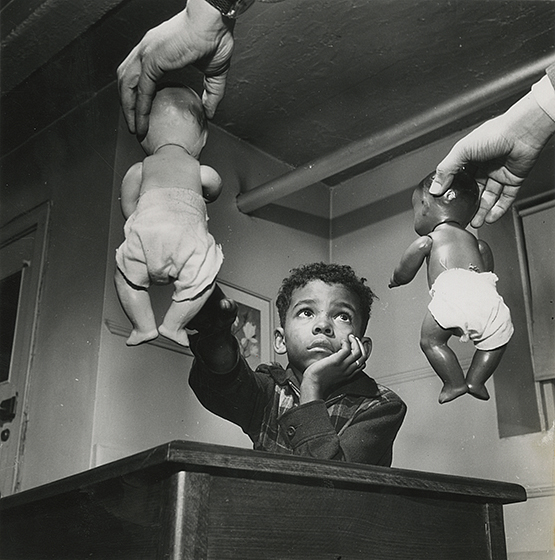
With 50 honorary doctorates, Gordon Parks captured black triumphs and exposed injustices
by Michael Eli DokosiOur childhood experiences shape the worldview we hold and for pioneering African-American photographer and filmmaker Gordon Parks, having faced aggressive discrimination as a child in a segregated elementary school and barred from participating in his high school activities, because of his race, he dedicated himself to documenting black feats and exposed oppressive acts.
Although he lost his mother early on at 14, and his father a vegetable farmer, Parks put in work and became a celebrated photographer, writer, composer and filmmaker, as well as, a poet, musician, storyteller and activist.
The self-taught artist emerged as the first African-American photographer for Life and Vogue magazines.
Born Gordon Roger Alexander Buchanan Parks on November 30, 1912, in Fort Scott, Kansas, Parks purchased his first camera at the age of 25 after viewing photographs of migrant workers in a magazine.
He relocated to Chicago and became interested in the low-income black neighborhoods of Chicago’s South Side. In 1941, Parks won a photography fellowship with the Farm Security Administration for his images of the inner city.
Parks will leave Chicago for Harlem and his 1948 photographic essay on a Harlem gang leader won him a position as a staff photographer for LIFE magazine, the nation’s highest-circulation photographic publication. “Parks held this position for 20 years, producing photographs on subjects including fashion, sports and entertainment as well as poverty and racial segregation. He also took portraits of African-American leaders, including Malcolm X, Stokely Carmichael and Muhammad Ali.”
Possessing an unusual awareness and skill, Parks managed to capture images reflective of the intersections of art, race, class, and politics across the United States.
Although as a photographer his work spanned six decades, Parks’ work during 1940 to 1950 is most hailed by the black community as it defined his point of view as an African-American artist and documenter of American life at the dawn of the modern civil rights movement.
In his first decade, Parks captured the beauty, power, and stature of Chicago socialite Marva Louis; the spirituality of churchgoers in Washington, DC; as well as exposed injustices faced by black Americans, including poverty, violence, and oppression that defined the decade from 1940 to 1950.
In 1962, he released his autobiographical novel, The Learning Tree and did better in 1969, when he became the first African-American to direct a major Hollywood movie, the film adaptation of The Learning Tree writing the screenplay and composing the score for the film.
His most famous images American Gothic (1942) and Emerging Man (1952), capture the essence of his activism and humanitarianism and have become iconic.
Parks’ film, Shaft, was one of the biggest box-office hits of 1971. Starring Richard Roundtree as detective John Shaft, the movie inspired a genre of films known as blaxploitation. “Isaac Hayes won an Academy Award for the movie’s theme song. Parks also directed a 1972 sequel, Shaft’s Big Score. His attempt to deviate from the Shaft series, with the 1976 Leadbelly, was unsuccessful. Following this failure, Parks continued to make films for television, but did not return to Hollywood.”

Parks was married and divorced three times, to Sally Alvis in 1933, divorcing in 1961. To Elizabeth Campbell in 1962, divorcing in 1973, at which time Parks married Genevieve Young divorcing in 1979. He had four children.
He died of cancer on March 7, 2006, in New York City aged 93. Parks was recognized with more than 50 honorary doctorates, and among his numerous awards was the National Medal of Arts, which he received in 1988.